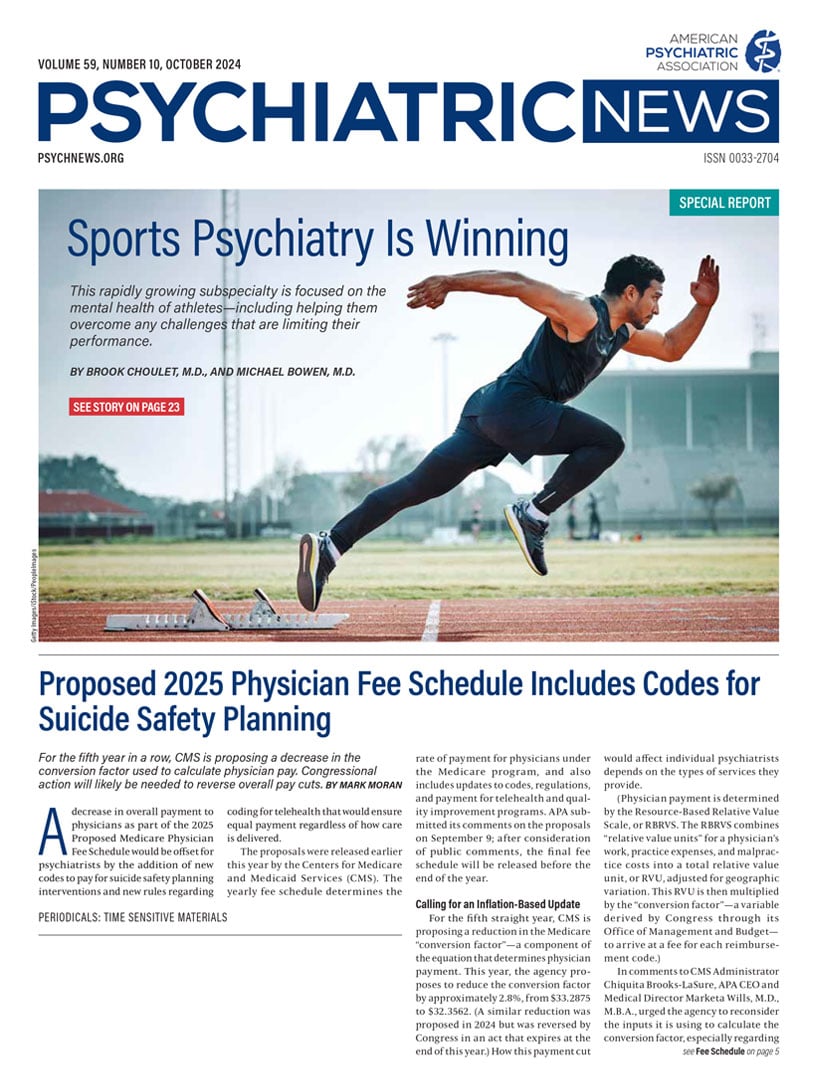Residential smoking cessation programs may be more effective than outpatient smoking cessation programs, a
study in
Addiction has found. The research adds to mounting evidence that such programs, while rare, can work.
“[Residential smoking cessation therapy] could be a new, and more effective, treatment option for smokers, especially those who have failed to gain abstinence with currently available treatments,” wrote Jens A. Leifert, M.D., then a researcher at the University Medical Center Freiburg and currently head of the oncology department at the Breisgau Klinik in Bad Krozingen, and colleagues.
The researchers examined data from 315 adults in the START clinical trial, which investigated the long-term efficacy of short-term residential treatment exclusively for smoking cessation. Participants were recruited and enrolled from mid-January 2019 through December 2020, and follow-up assessments were completed by December 31, 2021. All participants smoked at least 10 cigarettes per day when they enrolled and expressed a desire to quit smoking.
Higher Continuous Abstinence Rates
The researchers randomized the participants to either a nine-day residential smoking program (the residential group) or weekly outpatient smoking cessation group therapy for three to seven weeks (the control group).
The residential group stayed at an inpatient somatic rehabilitation center in southwest Germany and participated in six group sessions that focused on:
•
Managing the physical and psychological aspects of nicotine dependence
•
Strengthening the motivation for abstinence
•
Stopping smoking in a group ritual
•
Transferring acquired skills into daily routines
The residential group also had access to multidisciplinary care consisting of therapeutic exercise, relaxation techniques, mindfulness-based stress reduction, and nutrition counseling.
The control group participated in outpatient behavioral smoking cessation group therapy with the same goals and design as the residential group. They also participated in routine care courses close to their homes or work.
Participants in both groups had the option of using nicotine replacement products or medication at their own expense.
Among all participants, 87.3% (137) in the residential group and 60.1% (95) in the control group participated in their assigned intervention. (Some who had enrolled were later unable to participate because they could not find an available therapy course, they had work or personal reasons, they were able to quit on their own, etc.) At six months, 46.7% of participants in the residential group reported maintaining smoking abstinence, compared with 26.3% in the control group. At 12 months, 39.4% of participants in the residential group reported maintaining smoking abstinence, compared with 24.2% in the control group. In both groups, having contact with other group members for more than six months was associated with higher continuous abstinence rates.
Leifert told Psychiatric News that the results were not surprising, given data from previous research. “We were aware of the potential of the residential therapy through the results of the pilot studies where we had abstinence rates of more than 50% after six months,” he said. “The numbers in the START trial are lower due to the more strict criteria in the [randomized control trial] design but in general reflect what we expected.”
Mounting Evidence
The START trial is not the first to evaluate residential smoking cessation therapy. In a
review in the
Journal of Addiction Medicine, researchers analyzed 14 studies on residential smoking cessation programs that lasted from three days to three weeks. They found that on average, participants had continuous abstinence rates of 52% at six months and 29% at 12 months post-treatment.
Yet despite such promising outcomes, fully residential smoking cessation programs are rare throughout the world and currently do not exist in the United States. The only program in the U.S. that comes close is the intensive tobacco treatment program at Mayo Clinic’s Nicotine Dependence Center in Rochester, Minnesota, where patients reside at a hotel next to the clinic for five days. This program, conceived in 1988, had been fully residential until last year and moved to the current model because the building where the residential program was located was torn down to make space for new cancer therapeutics.
The Mayo Clinic residential program’s long run provided data suggesting that such programs can be effective. In a 2011
study in
Mayo Clinic Proceedings, which was included in the
Journal of Addiction Medicine review, researchers analyzed data from 4,327 individuals who received comprehensive outpatient treatment for tobacco dependence and 226 who received residential treatment between 2004 and 2007. (At that time, the residential program lasted eight days.) At six months, 52% of participants in the residential program were abstinent, compared with 27% in the outpatient group.
According to Jon O. Ebbert, M.D., M.Sc., medical director of the Nicotine Dependence Center and professor and associate chair of medicine at Mayo, the strength in residential treatment lies in its multimodal approach. “We use classic tobacco treatment counseling and motivational interviewing to help patients understand triggers, find motivation within themselves, and make decisions,” Ebbert said, adding that patients are welcome to invite their spouses or significant others to counseling sessions. “We also use medication and nicotine replacement therapy, but those are tailored to each patient. Not every patient needs them.”
In addition, before patients arrive, they are encouraged to plan for their return home. “We prepare patients for the flooding of ‘real life,’” Ebbert said. “We talk about preparing their homes for when they quit, cleaning out their cars, and making sure they’ve gotten rid of [their cigarettes].”
An Unmet Need
According to the Centers for Disease Control and Prevention, roughly
28.3 million Americans smoke cigarettes, and more than half of them have
attempted to quit in the past year. Yet fewer than one in 10 adults who smoke cigarettes succeed in quitting, so it stands to reason that there is a need for residential smoking cessation programs. However, establishing such a program can be a logistical and financial challenge.
“Certain structures are needed, first of all an institution which provides the accommodation and supportive therapy for the treatment, which starts for all participants in one therapy group at the same time,” said Leifert. He added that this hurdle can be overcome if the institution sets aside blocks of time for the rooms and smoking cessation therapy staff, rather than offering the program continuously throughout the year.
However, cost remains an issue. “Although residential treatment is more effective than an outpatient therapy, it certainly is way more expensive, so a sponsor may be needed,” Leifert said.
Ebbert said that although most insurance plans cover at least part of Mayo’s program, institutional support is critical to the program’s success. “We’re not doing something no one else can do. There is no secret sauce other than that we exist. Mayo continues to be philanthropic in supporting us because they decided it’s important,” he said, adding that the Mayo team is looking for new space so it can resume fully residential treatment.
Ebbert said that anyone wishing to create an intensive or residential smoking cessation program would need institutional buy-in. “Look at the financials and figure out if [what you want to do] aligns with institutional priorities.”
The planning and expense are well worth the effort, Leifert said, noting that none of the 137 participants in the START trial’s residential group who took up the intervention dropped out once their program was underway. “Participants were very, very grateful for the opportunity to participate,” he said. “I do not remember one single complaint, but [patients sent] many emails and thank-you letters even years after our last contact with them.
“The project was very challenging and a lot of work—probably the most complex scientific work in my career—but also very rewarding.”
This study in Addiction was funded by German Cancer Aid. The researchers in the studies in the Journal of Addiction Medicine and Mayo Clinic Proceedings reported no funding outside their respective institutions. ■



